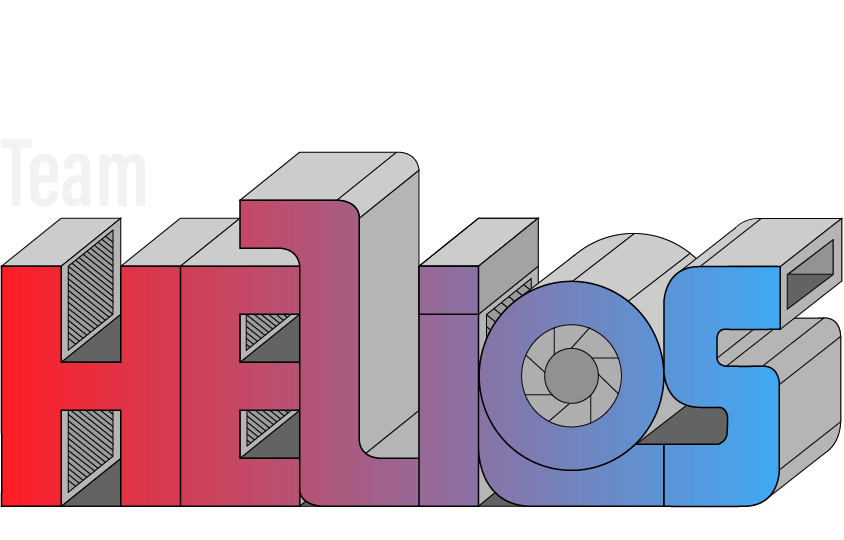The energy industry is becoming more critical than ever before. Growing population and a changing climate are contributing to heightened energy demand. Our team realizes that making sure people have the energy they need when they need it is the most paramount issue, and so our solution should be affordable, effective, and energy efficient.
The Helios team determined the target market segment through team brainstorming and voting. We determined our target market segment to be “individuals at the residential level who want increased control/customization over the climate within their shelter and have reasonable resources to implement home equipment changes.”
After determining the target market segment, we researched real world problems related to our market segment and established who our stakeholders are. Stakeholder interviews, along with research, were used to generate ideas about what problems there are in our target market segment. When the team decided we had a diverse variety of problem areas, we used anonymous polling to establish our final problem statement.
Increased energy demands along with growing renewable generation into the power grid contribute to rising energy costs and greenhouse gas emissions. Inconsistencies in personal thermal comfort in residential homes are widespread and coincides with the problems of renewables integration and rising energy costs.
 With our problem statement finalized and our focus on localized thermal comfort with energy storage, we moved forward on establishing functional requirements. The functional requirements were worked on as a team and consisted of constraints and objectives for both the Helios team and end users.
With our problem statement finalized and our focus on localized thermal comfort with energy storage, we moved forward on establishing functional requirements. The functional requirements were worked on as a team and consisted of constraints and objectives for both the Helios team and end users.